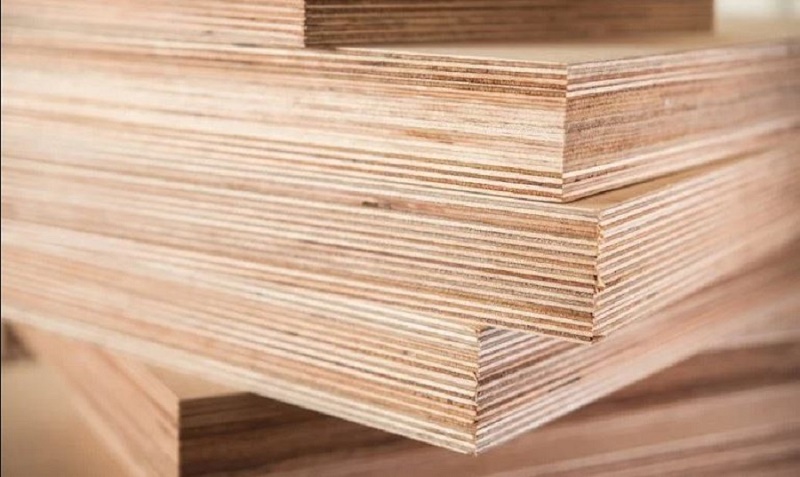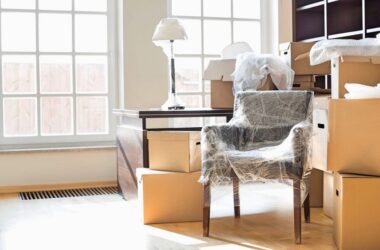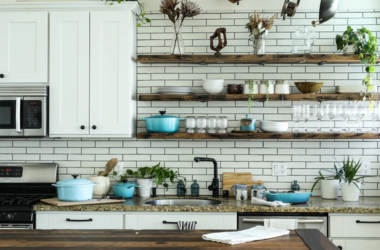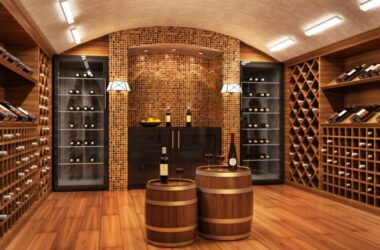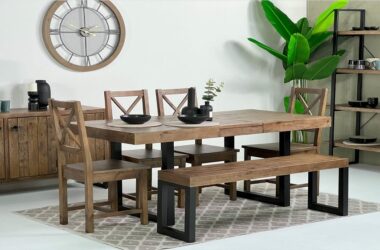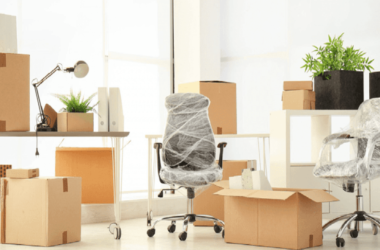Rainfall Promotes Termite attacks
The termites swarm after storms and showers. Termites require moist soil for survival, so newly moistened soil signals the termites to begin mating. In order to start their own nests, they burrow underground or inside of wood. The time for swarming may vary from region to region, but termites typically begin to appear in early spring.
Rain Causes Dampness in Wood
Termites are drawn to homes by moist soil and stagnant water after a rainstorm. Subterranean and damp wood termites are among the most common termite species. Moisture and decaying wood are more likely to attract them. The rainfall and the increased humidity in the monsoon seasons make the wood absorb moisture and this becomes the breeding ground for the termites.
It is important to keep an eye out for termites as the first step in prevention. It is uncommon for termites to emerge from soil, mud tubes, or food sources where they are tunnelling. Termites are usually not noticed by people until a swarm appears or damage is found in furniture. Initial termite infestations can be detected in exterior walls, crawl spaces, subfloors, and roof leaks, exterior wood panels and porches where water damage is common.
In monsoon season, there is a higher level of termite activity, especially in dry wood termites. It is possible for dry wood termites to penetrate deeply into furniture and eat away at its wood. If you tap the wooden furniture, you will hear a hollow sound and see powdered wood around it. When you see mud tubes on the walls, you will see signs of a termite infestation. A termite infestation is only detected after large colonies have formed and brought immense damage to the furniture, so it is critical to periodically inspect it.
The latest and the best way
The chemical methods of treatment are effective but they need to be done on a constant basis and you need to be on the lookout for the termite infestation. Frankly, they are the older methods of protecting your furniture made from solid wood or plywood sheets. The latest method to get rid of these infestations is to start with a building material which cannot be affected by these borer insects or termites. Thus, comes the borer and termite proof plywood board.
The resins of such plywood are resistant to termites and borers. If you want to make your furniture termite resistant and be free of worries during the monsoons, then this is a very cost-effective option.

